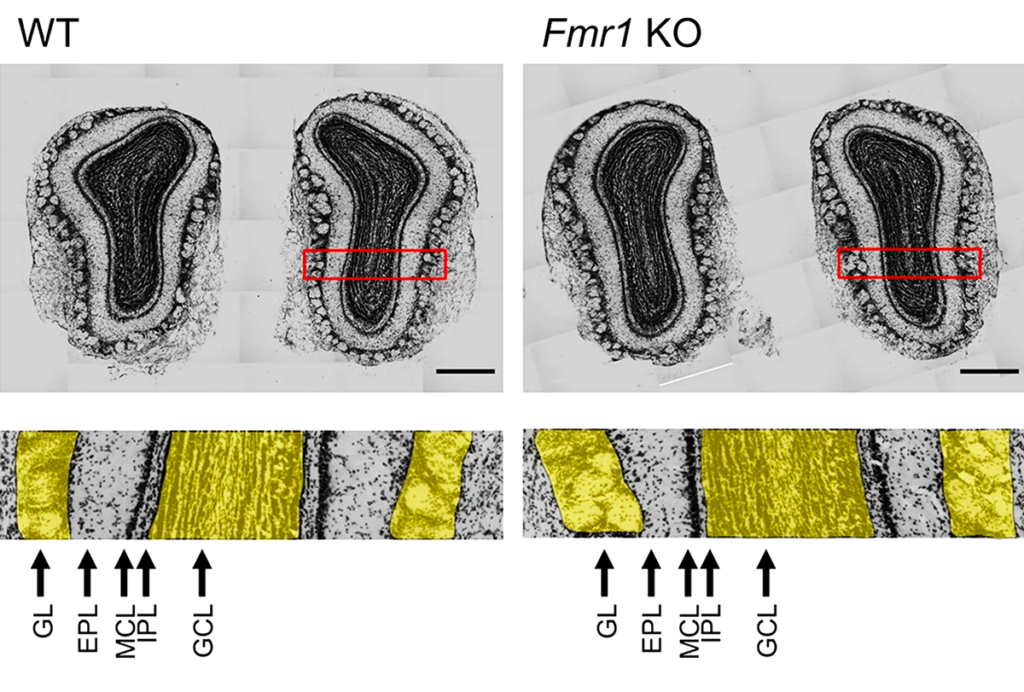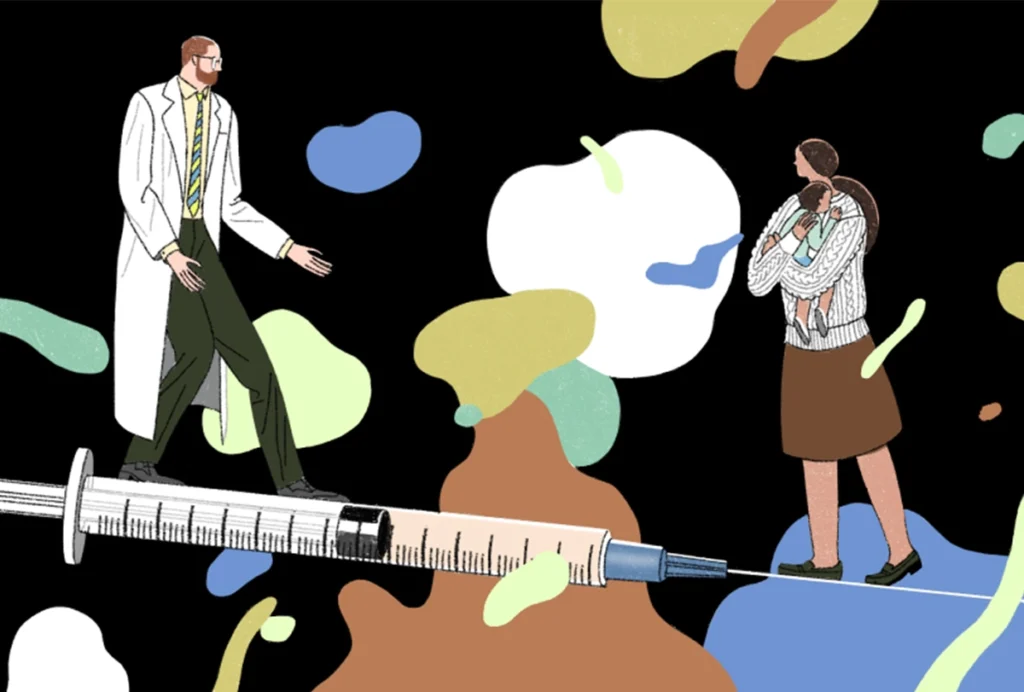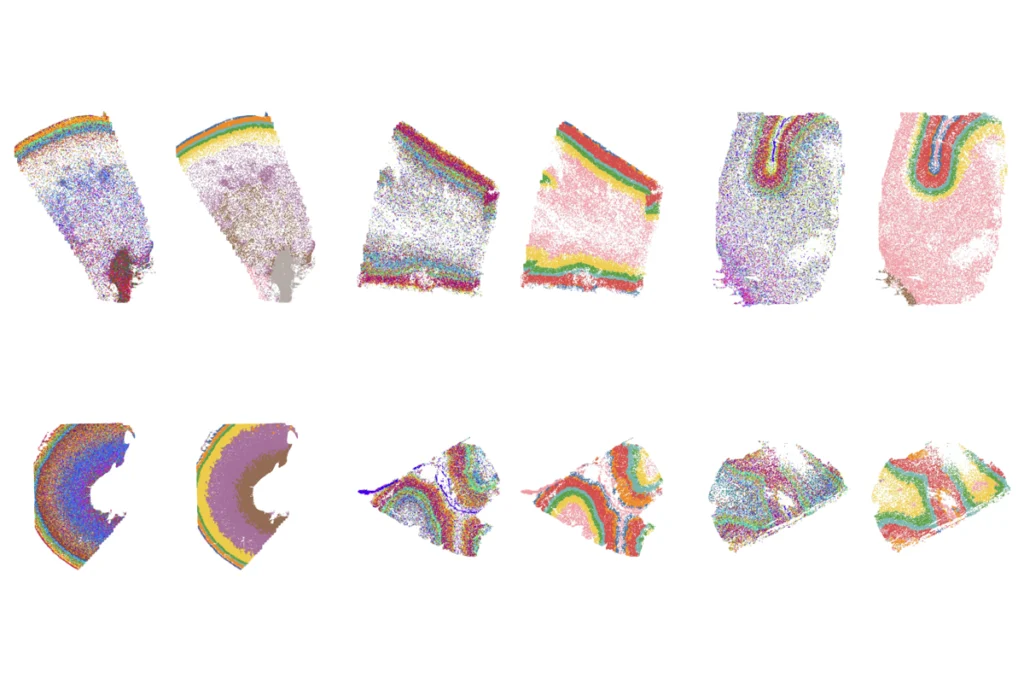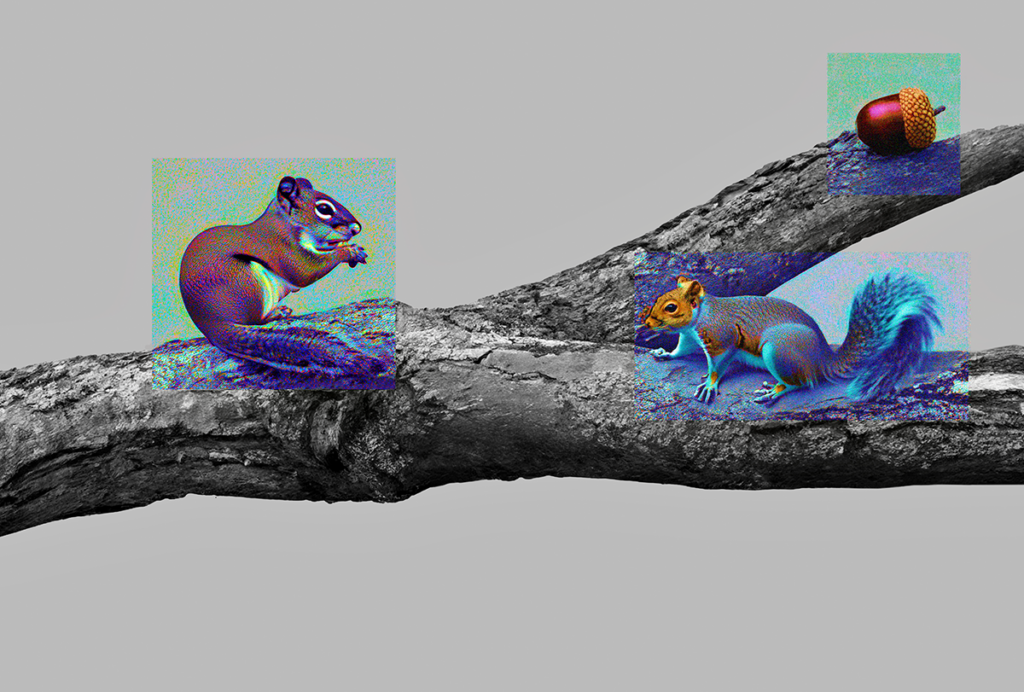Brain game
A new website invites the public to help map the ‘connectome,’ the pattern of connections among all the neurons in our brain.
Using game mechanics to engage users and solve real-world problems is one of the hottest online trends, encompassing healthcare, finance and even science.
And there’s plenty of proof it works. Players of the protein-folding game Foldit, for example, helped solve the three-dimensional structure of an enzyme involved in replication of the HIV virus.
Now, Sebastian Seung, professor of computational neuroscience at the Massachusetts Institute of Technology, and his students aim to do the same for neuroscience. They have created a website called Eyewire, where users can help map out the complex neural wiring of the retina, a part of the central nervous system.
Seung has made it his mission to map the human ‘connectome,’ the pattern of connections among all the neurons in our brain. (He recently published a book, Connectome, that, in part, explores how such a map could help shed light on developmental disorders thought to be the result of faulty wiring, such as autism and schizophrenia.)
With 100 billion neurons and an estimated 100 trillion connections in the human brain, this is an enormous project.
Seung and his collaborators painstakingly slice sections of tissue and image them using an electron microscope. Individual neurons in the slices are then labeled and computationally stitched together into a cohesive block of connected neurons.
According to Seung, it took postdoctoral candidate Daniel Berger approximately 250 hours of labor to reconstruct a six-micron cube of brain tissue. Scaling that process up to the size of the human brain would take from 100,000 to 1 million years, he estimates, “without coffee breaks.”
Seung’s lab is developing ways of using artificial intelligence to further automate this process, but they aren’t yet good enough to assemble neurons and their connections accurately. In the meantime, he’s turning to crowdsourcing.
Eyewire lets users flip through brain tissue images generated in the lab of collaborator Winfried Denk. Users guide the software in coloring in individual retinal neurons with a few clicks of the mouse, “as if the images were a three-dimensional coloring book,” according to the site. The collective efforts of the players help the computer reconstruct the tree-like neurons in three dimensions.
Seung described the project Wednesday night to a gathering of neuroscience enthusiasts at the Rubin Museum in New York. “We have some addicts already,” he said.
Seung plans to introduce a game to identify synapses in the near future.
Recommended reading

Olfaction; autism-linked genes in monkeys; eye movements

Roundup: The false association between vaccines and autism

New human brain atlas charts gene activity and chromosome accessibility, from embryo to adolescence
Explore more from The Transmitter
Plaque levels differ in popular Alzheimer’s mouse model depending on which parent’s variants are passed down

